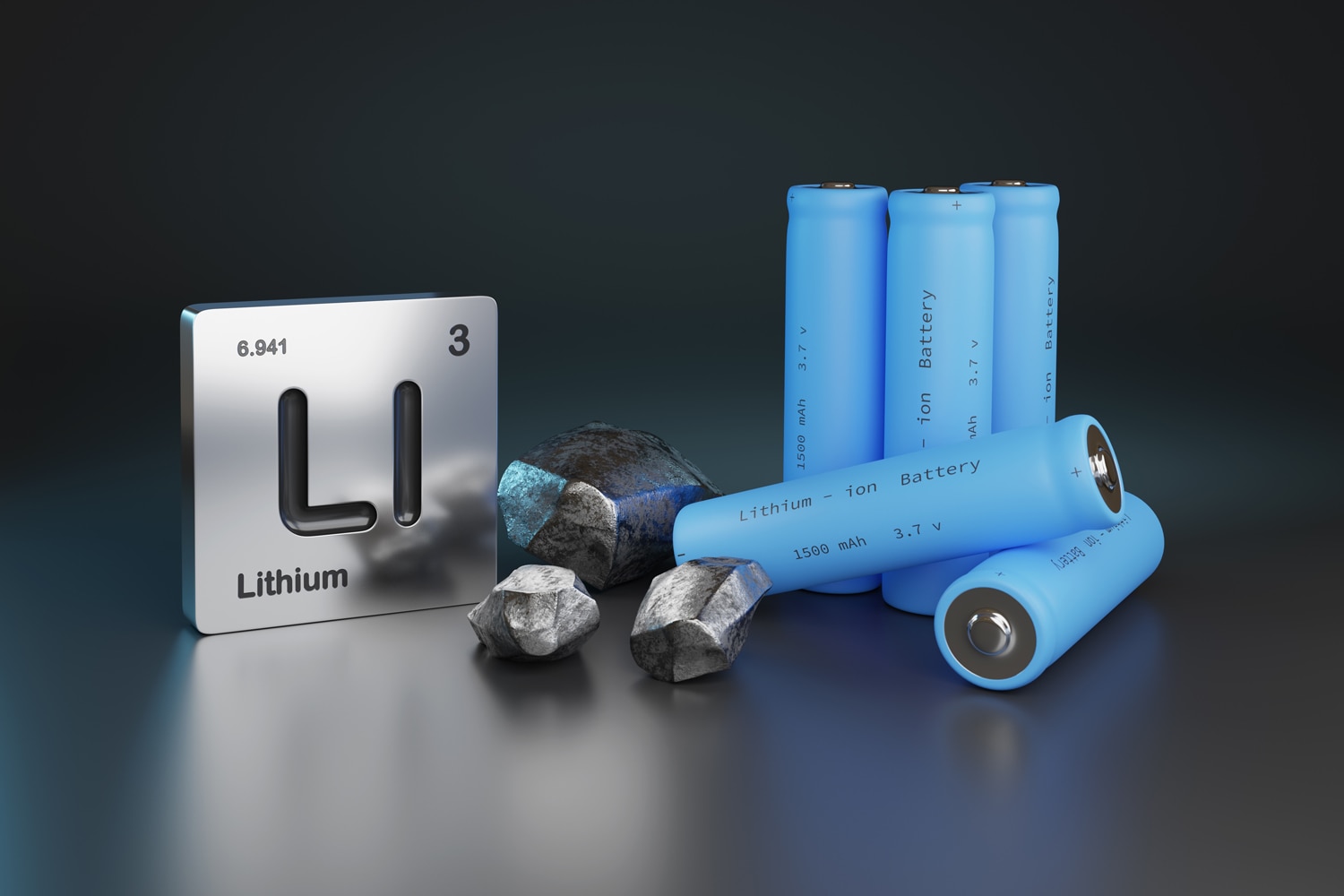Mining For Electric Car Batteries: What You Need to Know
The metals that go into battery packs come with human and environmental tolls.
 Shutterstock
Shutterstock
EV battery chemistry varies from model to model and supplier to supplier, but the basic recipe for a lithium-ion pack includes a few important metals. There's lithium, of course, and most use at least some cobalt and nickel. These metals aren't just lying around; in fact, cobalt and lithium don't occur in nature in their pure forms, and nickel exists only in trace amounts outside of ore. That's where mining comes in, and it's not without cost.
Extracting Cobalt and Nickel
Companies collect cobalt as a byproduct of nickel mining. A processing plant extracts the metals from the ore in one of two ways: via hydrometallurgy or pyrometallurgy. The chosen process depends on the compound and how much of the metal is present. Hydrometallurgical extraction uses an aqueous solution to pull out the desired materials, whereas pyrometallurgical methods rely on heat to separate the wanted from the unwanted.
Cobalt is most abundant in the Democratic Republic of Congo, which is the source of the majority of the world's supply. Major nickel producers include Indonesia, the Philippines, and Canada.
Mining for Lithium
Before the 1990s, lithium was largely mined in solid form from a handful of minerals. These days, the majority comes from brine under salt beds. Extraction involves drilling for the brine and pumping it to the surface into evaporation ponds, where it sits for months to years until it reaches the desired lithium concentration. The liquid is then pumped to a processing facility where it's filtered and chemically treated to create the final product, which in the case of an EV battery is lithium carbonate.
Lithium is relatively abundant on Earth. Current commercial supply comes from Australia, Chile, China, and Argentina, among other places. The Salton Sea, a high-salinity lake in Southern California, is a potential future source that could provide 40% of global lithium needs.
Human and Environmental Costs
Mining can be a tough, dirty job, and it requires a lot of resources. The social and environmental aspects of mining for battery materials have recently come under increased public scrutiny. While these issues aren't new — we've been using lithium-ion batteries in our gadgets for years — the widespread adoption of electric vehicles with massive battery packs means the problems are scaling up.
On the environmental side, mining requires a lot of land, water, and energy. The chemicals used to process the minerals have to come from somewhere, and the unwanted material should be (but isn't always) disposed of properly. Mining can result in contaminated soil and water, air pollution, soil erosion, and landslides.
Miners themselves have a dangerous job, often toiling underground in small, poorly ventilated spaces where the temperatures get beyond uncomfortable. Conditions in large Congolese cobalt operations are particularly concerning, as miners work long hours with limited food and fresh water and few to no breaks, all for low pay. In some cases, they even dig for material by hand. Human rights groups have reported forced and child labor in mines as well.
Net Positive?
In terms of energy use, mining for and building an EV battery can be offset by the energy saved over the vehicle's lifetime. A recent study conducted by the University of Michigan with funding from Ford suggests that the pollution penalty of producing an electric vehicle is paid back within two years (in comparison with the average life cycle of internal-combustion vehicles).
There are solutions to some of the environmental side effects of mining. Certain battery makers are looking to eliminate cobalt from the equation. Using iron is also an option. More efficient extraction methods are being developed, and companies are exploring the use of clean energy, such as geothermal water, to power processing activities. Complete battery recycling can reduce our need to mine more minerals, but this isn't likely in the foreseeable future.
Written by humans.
Edited by humans.
 David Gluckman
David GluckmanDavid Gluckman has over a decade of experience as a writer and editor for print and digital automotive publications. He can parallel park a school bus, has a spreadsheet listing every vehicle he’s ever tested, and once drove a Lincoln Town Car 63 mph in reverse. When David’s not searching for the perfect used car, you can find him sampling the latest gimmicky foodstuffs that America has to offer.
Related articles
View more related articles